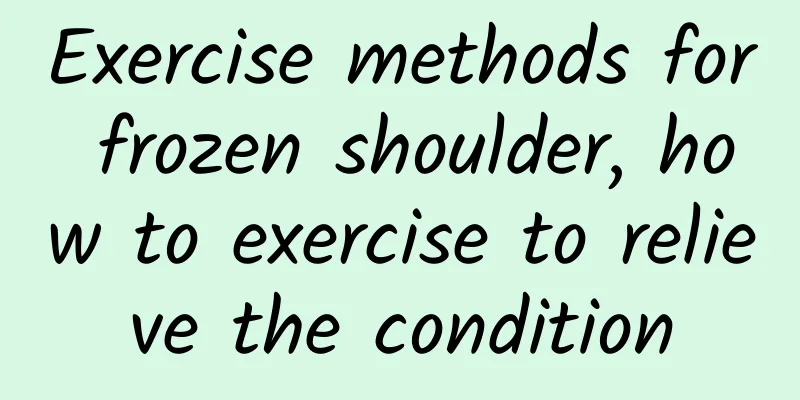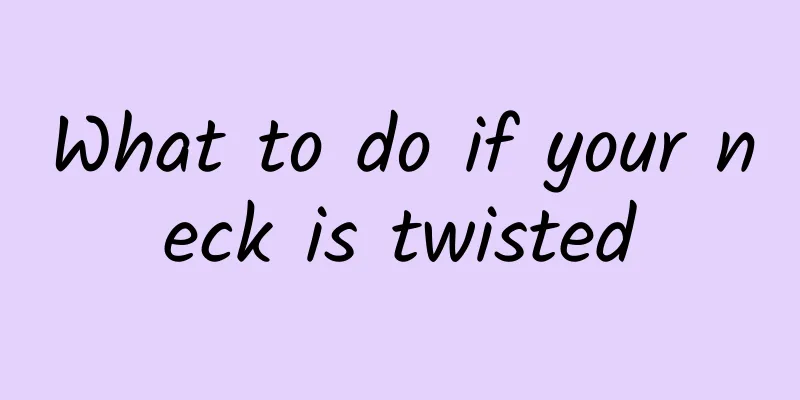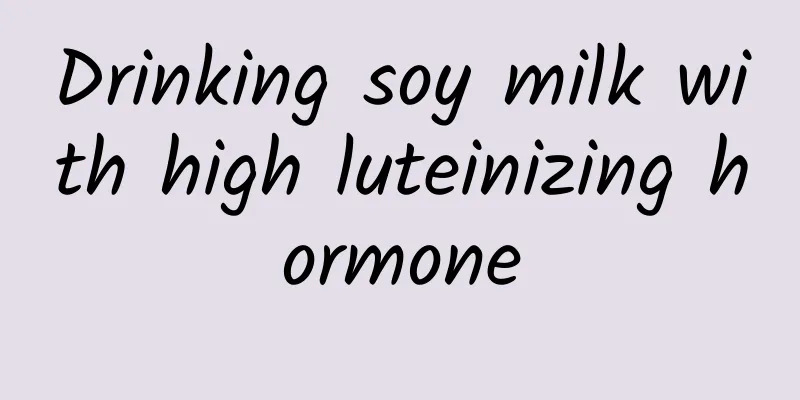TCM Observation, Listening, Questioning and Palpation

|
There are also many treatment methods for diseases, and different treatment methods are chosen for different diseases. The traditional treatment method is mainly based on Chinese medicine, and this treatment method has a history of thousands of years. It has been the main method since a very early time. The Chinese medicine treatment method for diseases is also very profound. Chinese medicine mainly uses observation, listening, questioning and palpation, so it seems simple, but it is difficult to learn. Many people do not know much about the Chinese medicine's four diagnostic methods, so when choosing it, many people are confused. They don't know whether it is a good choice, and they don't know whether it can get good results in treating diseases. Chinese medicine: Traditional Chinese medicine believes that the circulation of Qi and blood, as well as the conduction of sensations, can transmit pathogens. The pathways that reflect pathological changes are the meridians. The meridians have the function of connecting the internal organs and limbs to communicate between the upper and lower, inside and outside, and tightly connect the human body into a unified whole like a telephone network. Therefore, local changes can affect the whole body through the meridians, and pathological changes in the internal organs can be reflected on the body surface. As the saying goes, "What happens inside will be reflected outside." On the contrary, Chinese medicine can also infer changes in the internal organs through external examinations. This is the basis and basis for Chinese medicine to diagnose diseases. see Simply put, inspection includes two parts: general inspection and tongue inspection. General inspection includes observing the spirit and complexion, the appearance and the five senses, etc., while tongue inspection includes observing the tongue texture and tongue coating. The first step in diagnosis is to observe the spirit. Spirit is the embodiment of the body's vital activities. If the patient is conscious, speaks clearly, has bright eyes and is quick to react, it is called spirit, which is a sign of health or a mild illness. If the patient is listless, has a dull expression, dull eyes, slow reactions, or even unconsciousness, it is called atheism, which indicates a more serious condition. By looking into the spirit, one can make an estimate of the patient's condition and prognosis and have a clear idea of it. Observing the color mainly observes the color and luster of the face. The different colors can indicate the strength and weakness of Qi and blood and the development and changes of the disease. The normal Chinese people have a slightly yellowish, rosy and lustrous complexion. If there is an abnormal color, it is called a disease color. The common ones are: white, which indicates deficiency, cold, and blood loss; yellow, which indicates deficiency and dampness; cyan, which indicates cold, blood stasis, pain, and infantile convulsions; red, which indicates heat; and black, which indicates kidney deficiency. Observing the appearance refers to observing the shape and dynamics. For example, if a person is fat but eats little, it means that the spleen is weak and there is phlegm. Being thin and hungry easily indicates that there is fire in the stomach. Lying down and liking to be quiet is mostly a symptom of cold. Irritability and restlessness are mostly symptoms of heat. Opening the mouth and raising the shoulders, gasping for breath and being unable to lie flat are symptoms of asthma. Stiffness in the neck and back and opisthotonos are symptoms of spasm. Touching the clothes and bed and pinching the air to untie the threads of a long-term illness are symptoms of critical illness. Through the above, we can have some understanding of Chinese medicine's three methods of inspection, auscultation, questioning and palpation. Such examination methods and treatment methods are very good, especially for the treatment of some difficult and complicated diseases, it is necessary to choose Chinese medicine treatment methods. Such treatment methods are not only simple, but also have very good effects on disease treatment. |
<<: Xanthium sibiricum in treating rhinitis
Recommend
How are blackheads formed?
There are many troubles and rebellion during adol...
Seafood Allergy Symptoms
Seafood is a delicious food that many people love...
Can I eat seaweed while taking Chinese medicine?
As people in modern society pay more and more att...
Why do I have breast pain before my period?
Female friends may experience breast pain and bac...
What are the recipes for hangover tea?
Drinking seems to be a common occurrence for boys...
What to do if you have a sore throat
Throat inflammation is a very common condition in...
Can taking diarrhea medicine help you lose weight?
Can diarrhea help me lose weight? The answer is ye...
Can protein be converted into fat?
As we all know, the reason why a person becomes f...
Plague-relieving herbs
There are many kinds of epidemics, such as smallp...
What to eat for liver disease
All diseases that occur in the liver are called l...
The difference between blood in stool and hemorrhoids
Constipation and hemorrhoids are two completely d...
Cervical cancer screening
As contemporary women play an increasingly import...
What are the benefits of Schefflera leaves
Schefflera is an evergreen shrub that mainly grow...
Why do my eyes shed tears?
It is normal for us to shed tears, especially whe...
Reasons for fewer half-moons on fingernails
Maybe many of our friends don’t know the harm tha...









